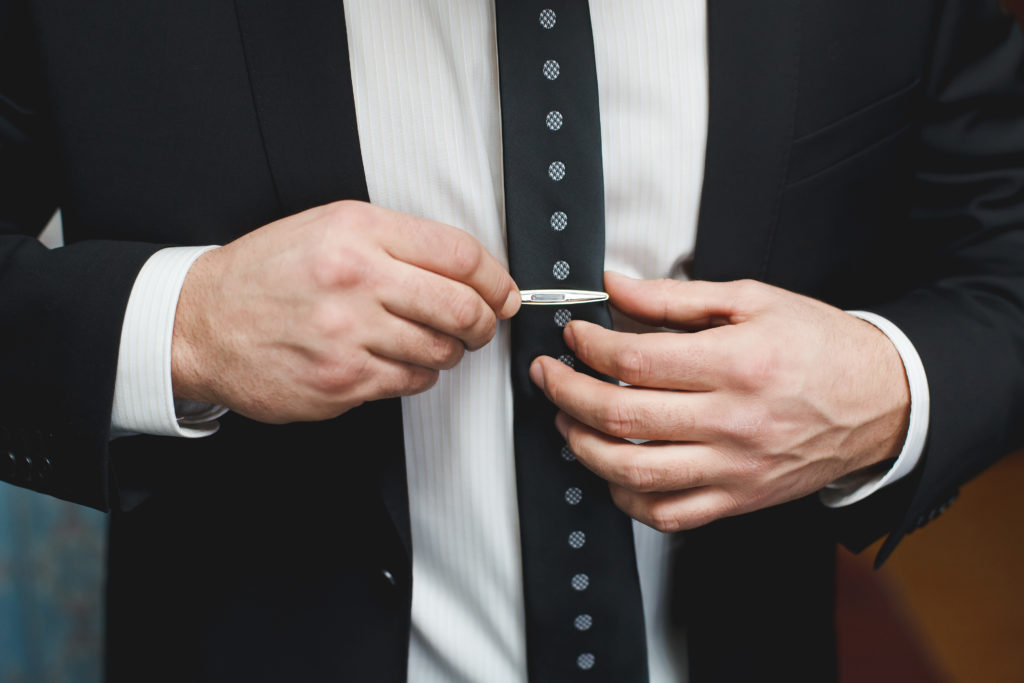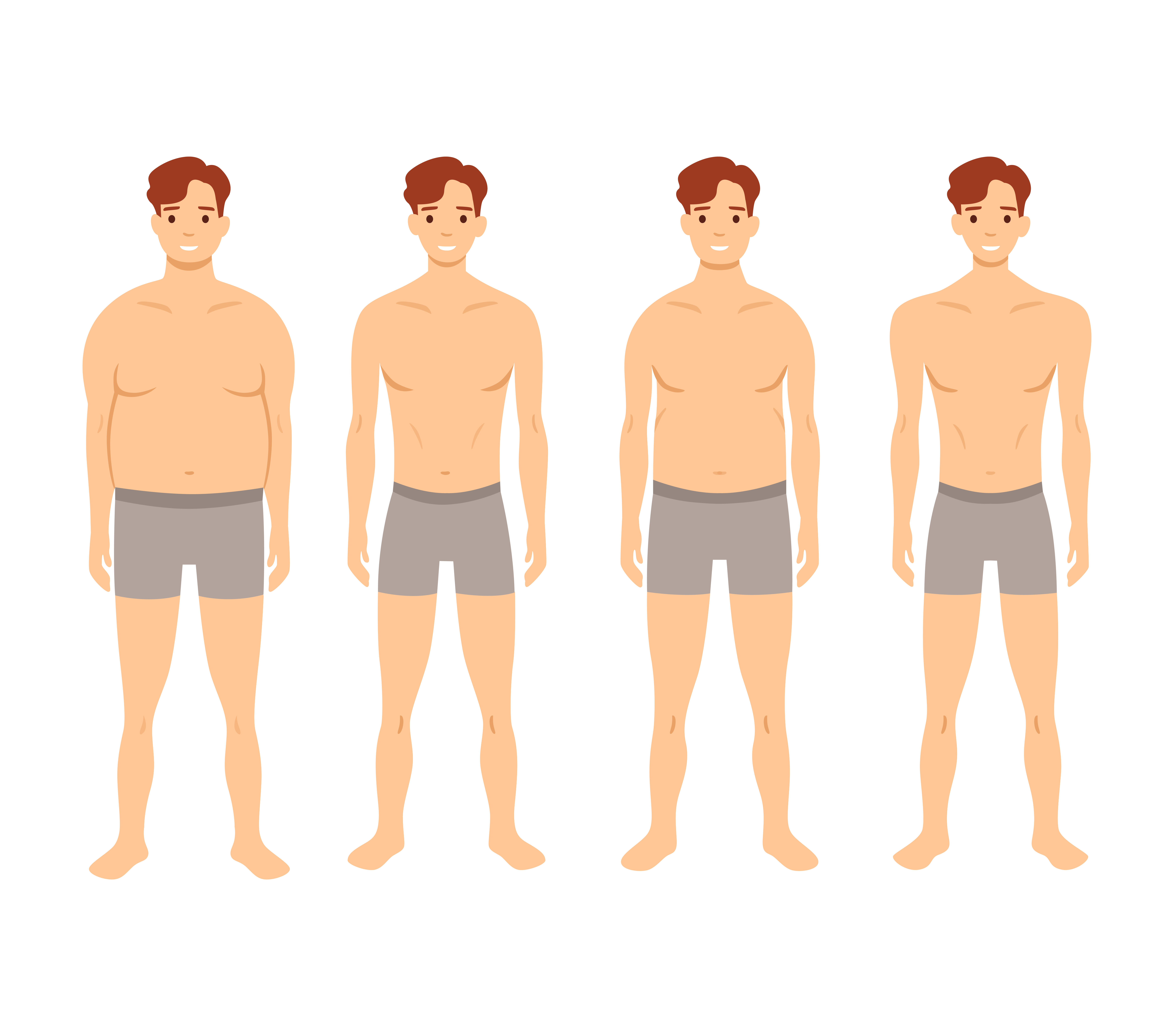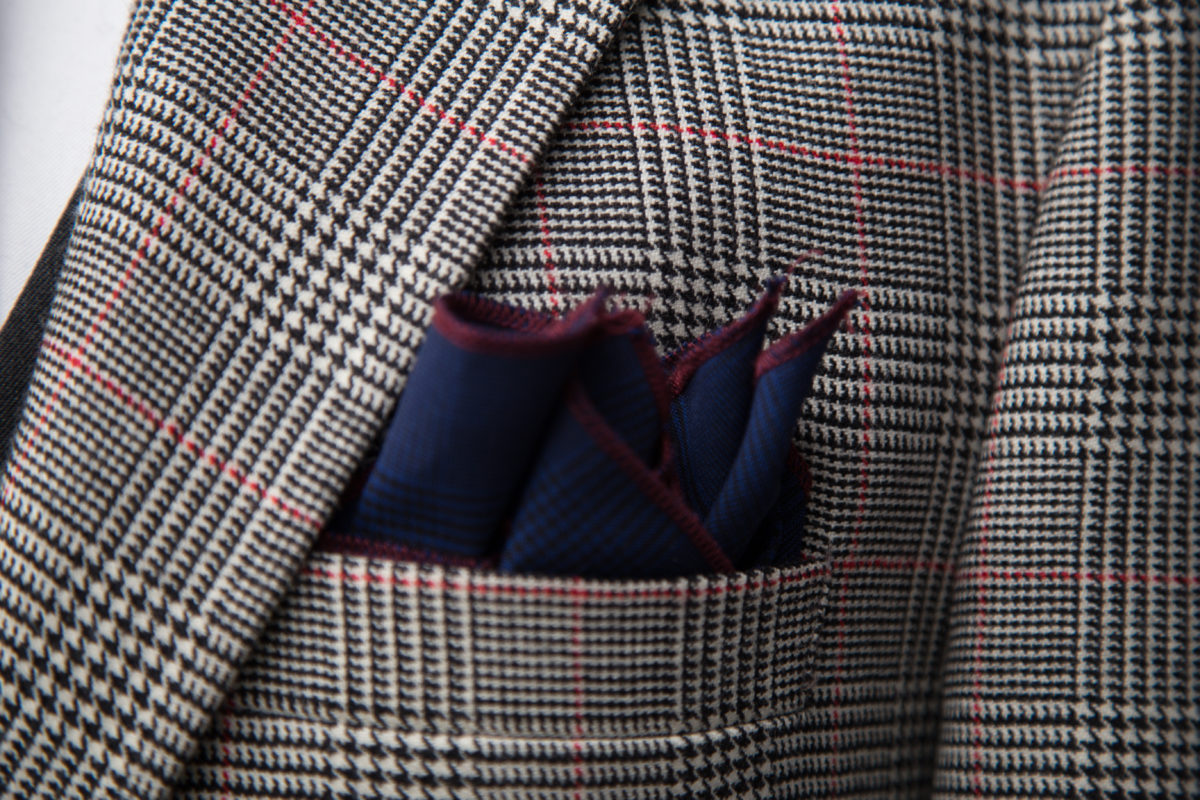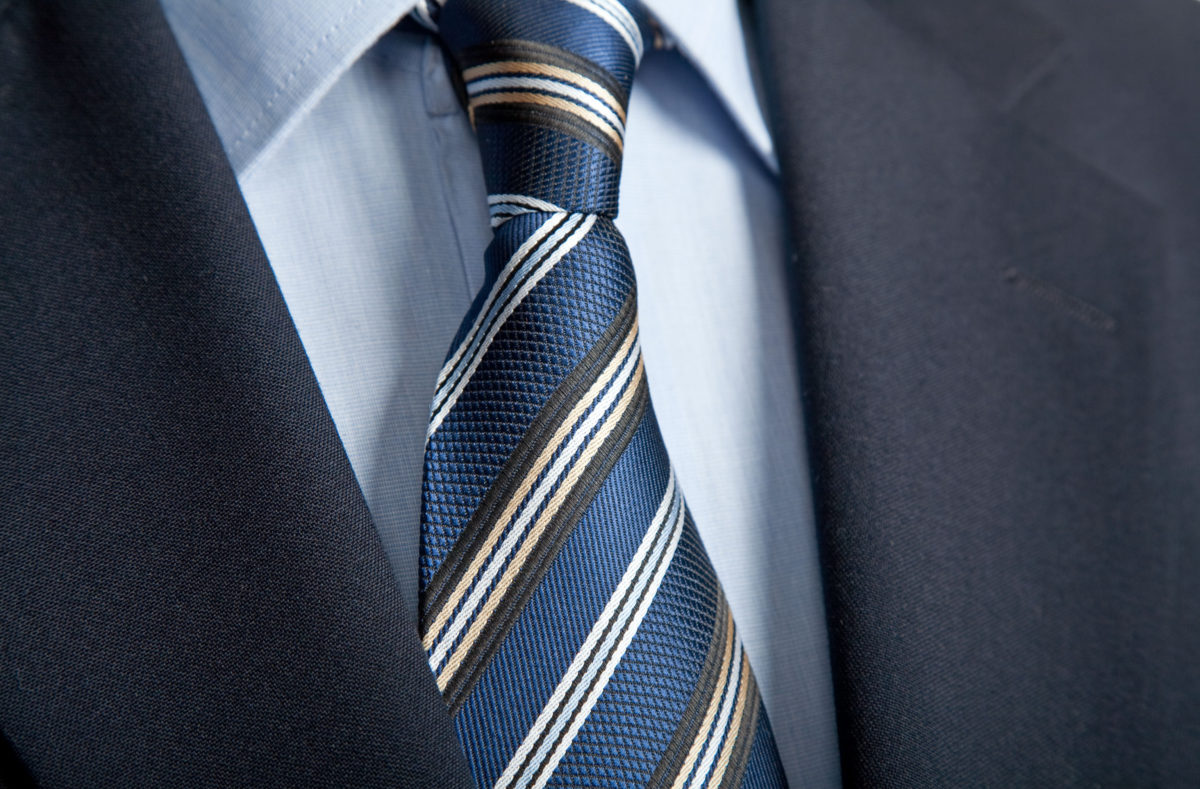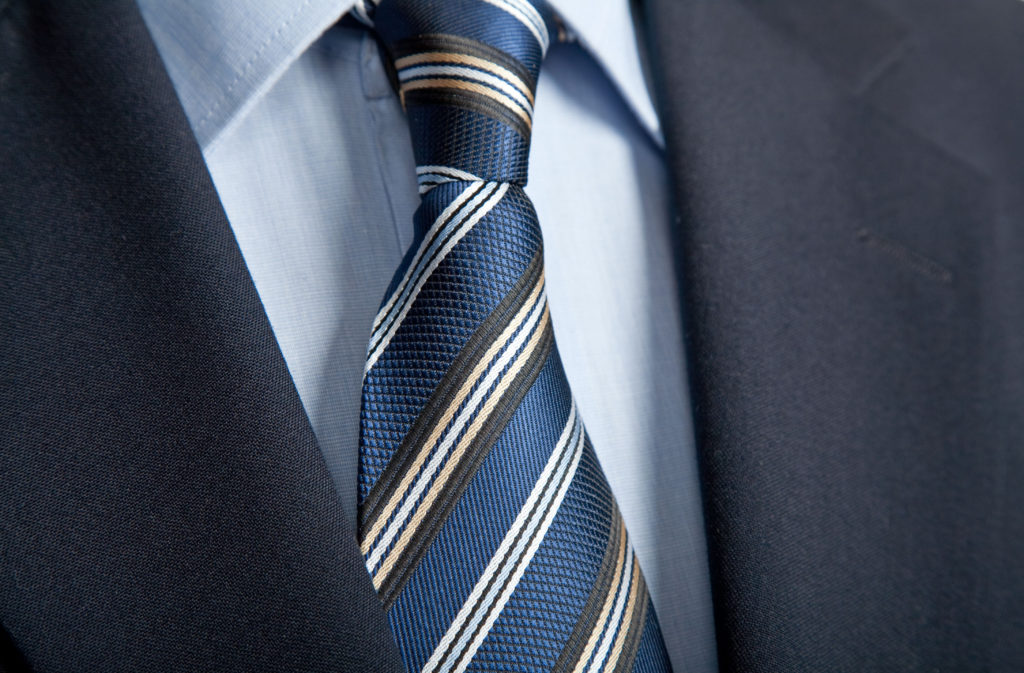3 Casual Clothing Tips For The Perfect Dress-Down Friday

We all enjoy casual Friday at the office but does it really have to mean trundling out the old faithful plain t-shirt and worn jeans?
Surely we can still remember how as teenagers we expressed ourselves through our clothing. And why should now be any different? So let’s forget the band merch and retro t-shirts and see what better ways there are to liven up your style for the next dress-down Friday.
Whether it’s a pair of red shoes or a brightly colored polo shirt, everything you wear tells your peers something about your personality. So don’t stick with the same three colors you wear religiously day in and day out. This may, of course, be fine for your office wear, but when it comes to casual clothing, it’s better to step out of your comfort zone and inject some life into your outfit.
Mix Up Your Colors
Colors are perhaps the ideal way to express yourself through your clothing. In fact, you can even let people know what kind of mood you’re in just by your choice of shirt. For this reason, it is best to avoid colors that are too dark. Otherwise, you may look a bit unapproachable.
Bright shades and hues give you an air of liveliness and fun, which makes you the perfect person to strike up a conversation with at the bar. However, don’t go overboard; leave the luminous yellow for vis-vests. Just remember; if you don’t need to turn on the light to find it, then it shouldn’t be part of your casual Friday look.
Ditch The Jeans
While jeans are a great look, and everyone should have a few decent pairs in their wardrobe, they are quite uniform in appearance. Don the denim and you’re just fitting in with the crowd.
Take a bold step by trying a pair of purple or green chinos. They are a complete break from the norm and will most certainly set you apart from the other guys in the office. It’s a look that may take some getting used to, but hey, who said vibrant colors were for your top half only?
If you really can’t bear the thought of ditching those jeans, then at least mix up the colors a bit. Avoid blacks and blues and try light grey denim or even white. If you can find a shop that stocks other colors, then get adventurous.
Embrace Patterns
When it comes to patterns, don’t fear the stripe or the check. A great way to choose patterns in your casual clothes is to always go with your first reaction to an item. If you like it immediately, then buy it. If on the other hand, you have to convince yourself to purchase it then you probably won’t wear it so leave it on the rack.
Stripes and checks are always a safe bet, but try and choose something that contains only two or three major colors. Any more and you might look like a kid’s TV presenter.
We also recommend that you avoid branded t-shirts if possible. A small Polo or Lacoste patch is fine, but brand names emblazoned across your chest are just unstylish free advertising for the label.
The truth is men’s shirts, t-shirts, and even pants have come a long way in recent years so we now find ourselves spoiled for choice regarding styles, colors, and fabrics. So be a little adventurous when choosing your next casual look and try to adopt some of our recommendations above. But when doing so, remember the one golden rule of casual clothing; there are no rules!





